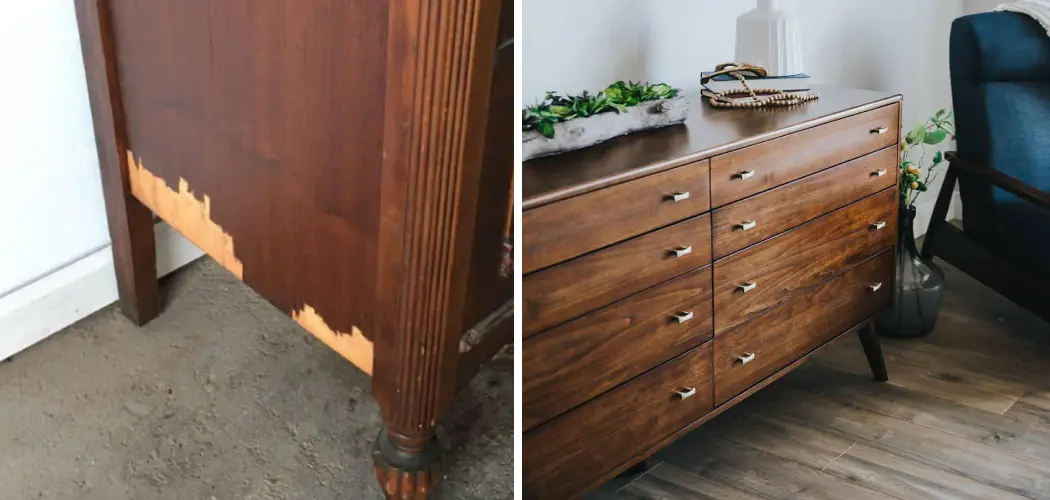When beloved wooden furniture pieces suffer the unfortunate fate of chipped or damaged surfaces, the urge to discard them is not the only solution. Learning how to repair chipped wood furniture can breathe new life into your treasured items. Whether it’s a vintage dresser, a cherished dining table, or an antique coffee table, this article will guide you through the steps of rejuvenating your wooden furniture.
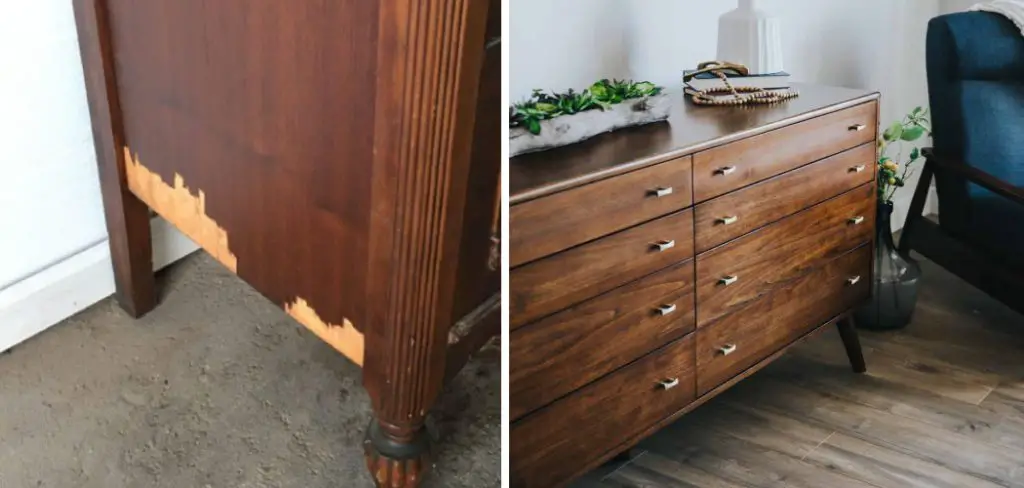
From assessing the damage and gathering the necessary tools to applying wood filler, sanding, and finishing, we’ll provide you with a comprehensive approach to revive your chipped wood furniture. With the right techniques and a little effort, you can restore the beauty and functionality of your furniture, ensuring that it remains a valuable and elegant part of your home decor for years to come. Say goodbye to unsightly chips and welcome back the charm of your wooden treasures.
Importance of Repairing Chipped Wood Furniture
Wood furniture has been used for centuries and is known for its durability and beauty. However, over time, wood furniture can get damaged due to various reasons, such as accidents or simply daily wear and tear. One of the most common forms of damage is chipping of the wood surface. This not only affects the aesthetics of the furniture but also makes it more vulnerable to further damage. Repairing chipped wood furniture is important to maintain its structural integrity and extend its lifespan.
The Common Issue of Chipped Wood Furniture
Wood furniture is a popular choice for its natural beauty and durability. However, one common problem that many people face with their wooden furniture is chipped wood. It can happen due to various reasons, such as moving the furniture, accidentally hitting it, or regular wear and tear. Regardless of the cause, chipped wood furniture can be unsightly and affect the overall appearance of your home. Fortunately, there are ways to repair it and restore its beauty.
10 Methods How to Repair Chipped Wood Furniture
1. Sanding
Sanding is one of the most effective ways to repair chipped wood furniture. Using fine-grit sandpaper, gently sand away any rough or jagged edges around the chip. Make sure to apply even pressure while sanding and move in the same direction as the grain of the wood. Once you have finished sanding, use a tack cloth to remove any remaining dust particles.
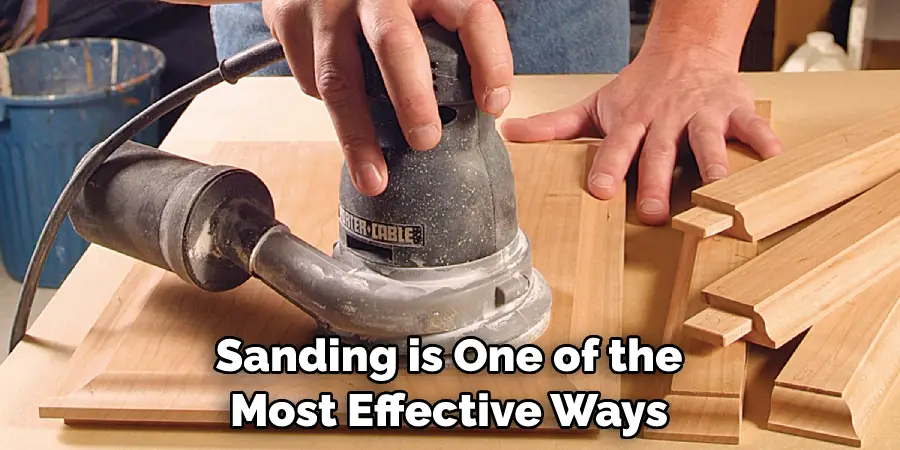
2. Wood Filler
Wood filler can also be used to repair chipped wood furniture. There are several types of wood fillers available, so make sure to choose one that matches the color and type of your furniture. Apply the filler into the chip using a putty knife and allow it time to dry completely before sanding it down with fine-grit sandpaper.
3. Furniture Wax
Furniture wax can be used to fill in small chips on wood furniture and help blend them into the surrounding surface area. To use furniture wax, first clean the area around the chip with a damp cloth and then apply a thin layer of wax over it using an applicator pad or brush. Allow the wax time to dry before buffing it out with a soft cloth for a smooth finish.
4. Wood Glue
Wood glue can also be used to repair chipped wood furniture by filling in any cracks or gaps in the damaged area and helping hold pieces together securely. To use wood glue, apply a thin layer over both sides of the chip with an applicator brush or cotton swab and press them together firmly until they are flush with each other. Allow time for the glue to dry completely before moving on to step 5 below.
5. Varnish
Varnish is another great option for repairing chipped wood furniture, as it helps protect against further damage and provides an attractive finish that will last for years to come. To use varnish, first, clean off any dust or debris from around the chip using a damp cloth and then apply two coats of varnish over it using an applicator brush or roller, allowing each coat time to dry before applying another one on top of it. Once you have applied two coats of varnish, buff out any excess with a soft cloth for a smooth finish that will last for years!
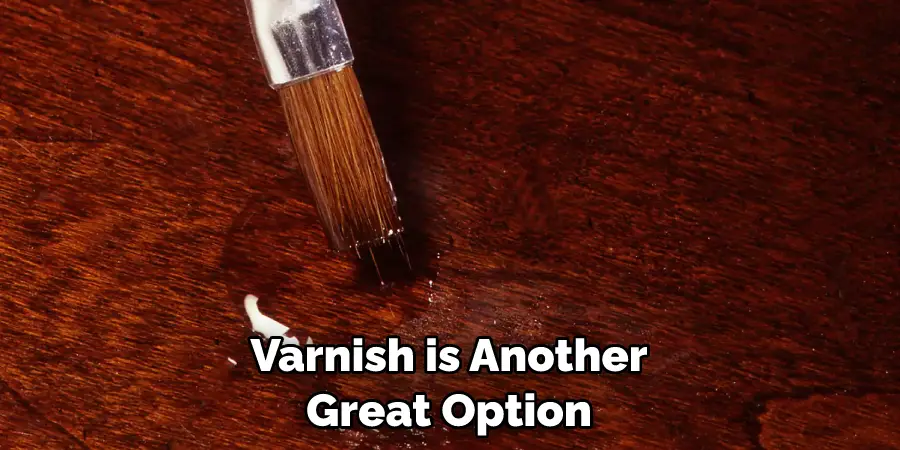
6. Stain
Stain can also be used to repair chipped wood furniture by helping blend in any chips or scratches into its surrounding surface area for a more uniform look overall. To use stain, first clean off any dust or debris from around the chip using a damp cloth and then apply two coats of stain over it using an applicator brush or roller, allowing each coat time to dry before applying another one on top of it once more if needed for better coverage overall before finally buffing out any excess with a soft cloth afterward for added protection against future damage too!
7. Putty Knife
A putty knife is often used when repairing chipped wood furniture as it allows you to easily scrape away old paint or varnish from around chips without damaging nearby areas too much in order to create an even surface that’s ready for new paint or varnish application later on down the line after repairs have been completed successfully as well!
8. Heat Gun
A heat gun is also sometimes used when repairing chipped wood furniture as its powerful heat output helps soften up old paint so that you can scrape away at it more easily without damaging nearby areas too much either, which makes this tool incredibly handy when trying your best not only fix up but also restore your beloved wooden furnishings back into their former glory days too!
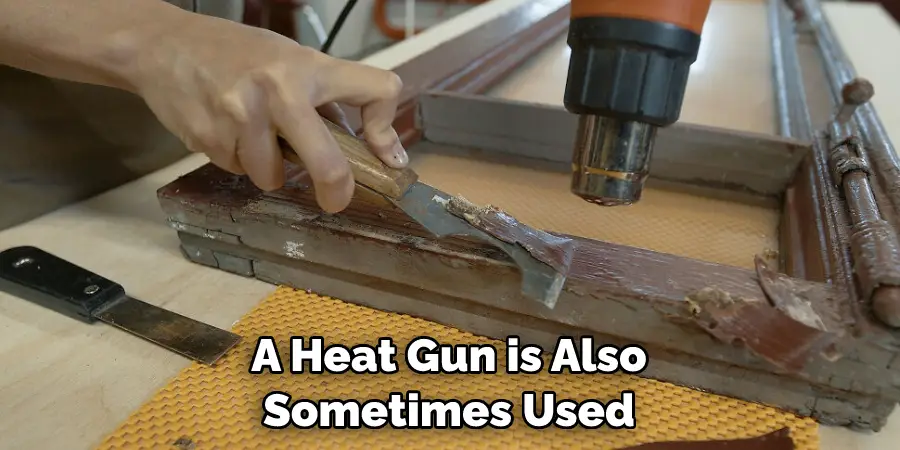
9. Paint Brush
A paintbrush is essential when repairing chipped wood furniture since this tool allows you not only to fill in chips but also cover them up nicely afterward once all repairs have been completed successfully by applying fresh layers of paint onto affected areas so that everything looks like brand new again afterward just like how things were initially when they were first bought from stores!
10. Finishing Oil
Finishing oil is often applied after repairs have been completed successfully since this product helps protect wooden surfaces from wear & tear while giving them an attractive shine at the same time which makes this product incredibly useful if you want your beloved wooden furnishings to look good as new once again after all those hours spent fixing them up properly too!
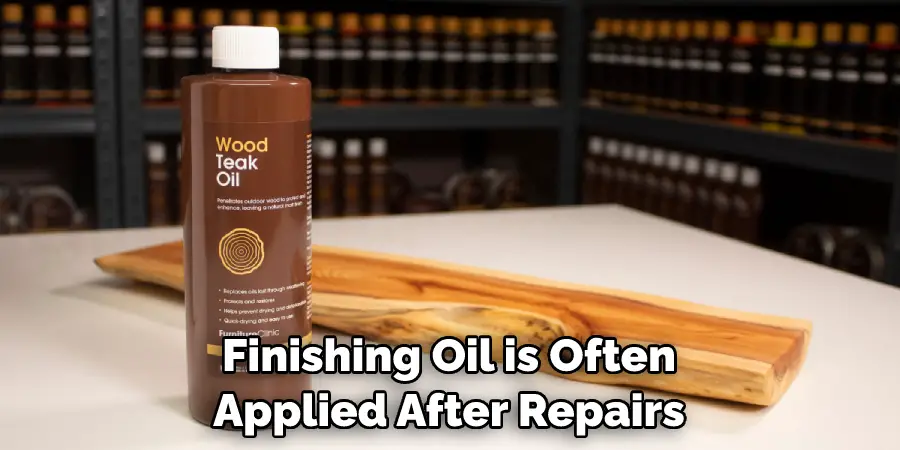
Things to Consider When Repairing Chipped Wood Furniture
When it comes to repairing chipped wood furniture, there are a few things that you need to consider before starting the process. These include the type of wood, severity of the damage, and the tools and materials needed for the repair. Taking these factors into account can ensure a successful and long-lasting repair.
Type of Wood
The type of wood used to make the furniture will greatly impact the repair process. Different types of wood have different properties, such as hardness and grain pattern, which can affect how they respond to repairs. For example, soft woods like pine may be easier to work with but may also require more frequent maintenance compared to hard woods like oak. It’s important to research the type of wood used in your furniture and understand its characteristics before attempting any repairs.
Severity of Damage
The severity of the damage will also play a crucial role in determining the repair method. Minor chips and scratches can often be fixed with simple techniques like sanding and filling, while larger or deeper damage may require more advanced methods such as patching or replacing parts of the wood. It’s important to assess the extent of the damage before starting any repairs so that you can choose an appropriate method for a successful result.
Tools and Materials Needed
Having the right tools and materials is essential for a successful repair. Some basic tools that are often needed include sandpaper, wood glue, putty knife, and clamps. Depending on the repair method chosen, additional materials may be required such as wood filler, epoxy resin, or new pieces of wood. It’s important to gather all necessary materials before starting the repair process to avoid any delays or setbacks.
Common Mistakes to Avoid When Repairing Chipped Wood Furniture
When it comes to furniture, accidents can happen. Over time, your beloved wooden furniture may get chipped or damaged in some way. But don’t worry, repairing chipped wood furniture is not as difficult as it may seem. With the right tools and techniques, you can restore your furniture to its former glory.
Mistake #1: Using the Wrong Filler
One of the most common mistakes people make when repairing chipped wood furniture is using the wrong filler. Many people tend to use generic wood fillers or even household items like putty or spackle to fill in the gaps and cracks on their wooden furniture.
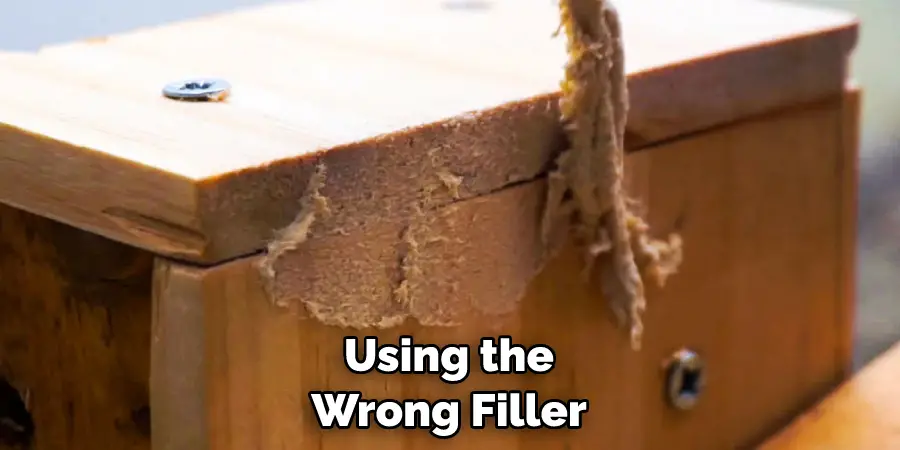
Mistake #2: Not Sanding Properly
Another common mistake is not sanding the chipped area properly before filling it. Sanding helps to smooth out any rough edges and allows the filler to adhere better to the wood. Skipping this step can result in an uneven surface and a poor repair job.
Mistake #3: Using Too Much Filler
While it may be tempting to use a lot of filler to quickly cover up the chip, this is another mistake that should be avoided. Not only does using too much filler make the repair look obvious and unnatural, but it can also cause cracking or shrinking over time. It’s best to apply thin layers of filler and build them up gradually until the chipped area is level with the rest of the furniture.
Conclusion
Repairing chipped wood furniture doesn’t have to be a laborious task. By taking the necessary steps outlined in this blog post, you can fix your damaged pieces without having to call on a professional for help. Remember, no matter how common or complex the job may be, proper techniques and care are essential when repairing damaged wood furniture in order to ensure the best results.
If done correctly, you can bring new life into an old favorite and turn something damaged into something beautiful. There’s nothing sweeter than accomplishing a project with little effort so get out there and find your hidden gem waiting for some care—and don’t forget our top tips on how to repair chipped wood furniture along the way!

